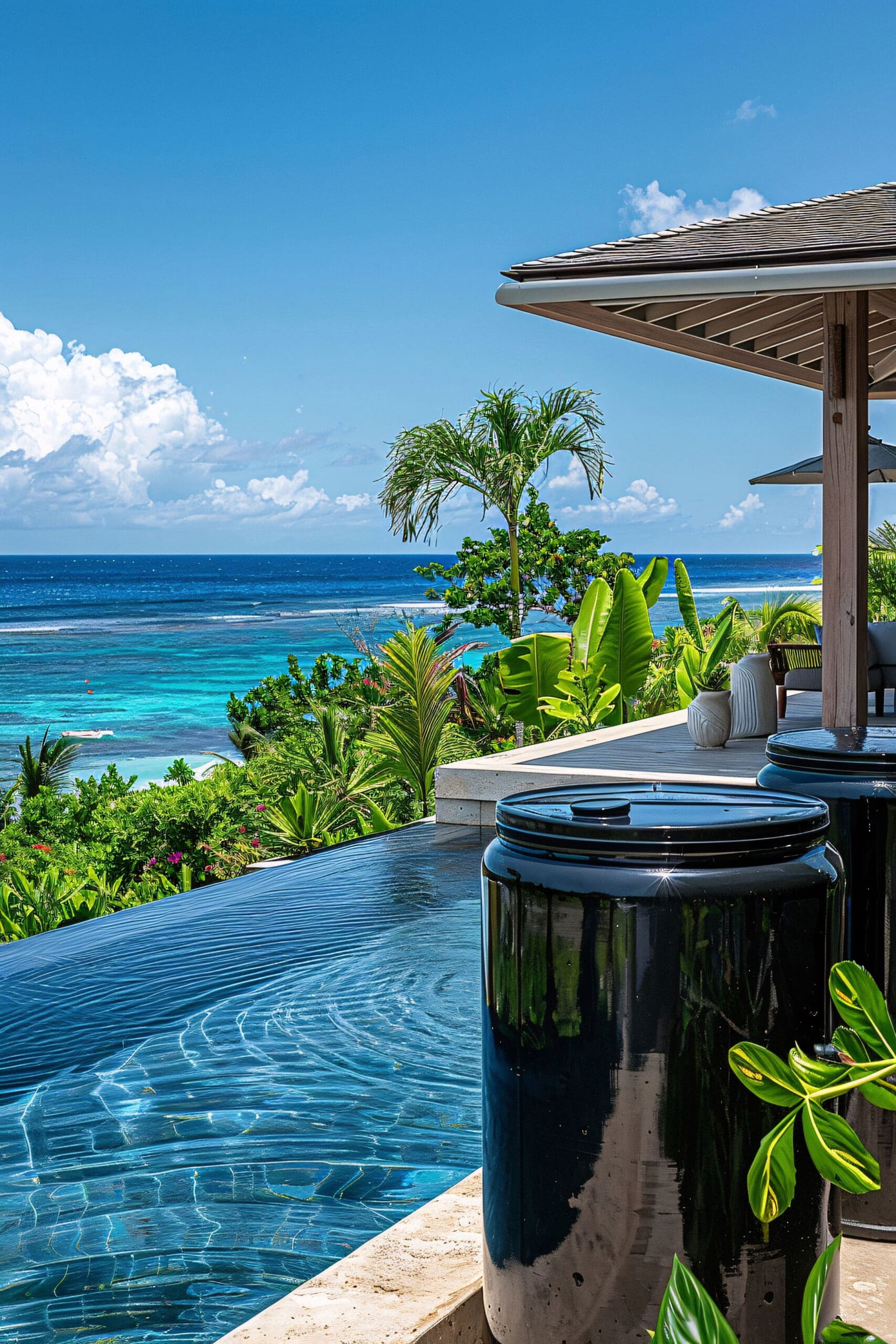Welcome to the land of contrasts, where seasons play a crucial role in the constant fluctuations of the hospitality market. From the lush green valleys of Himachal to the sun-kissed beaches of Goa, understanding the patterns of peak and off-peak seasons is crucial for Indian resorts and hotels to maximize occupancy and revenue. Let’s dive into this seasonal symphony and uncover the rhythms that drive the Indian hospitality industry.
🏔️ Northern Delights: The Himalayan Region
Peak Season: April to June & October to November
The northern region, including states like Himachal Pradesh, Uttarakhand, and Jammu & Kashmir, experiences its peak season during the summer months of April to June. This is when tourists flock to escape the scorching heat of the plains and bask in the cool, pleasant weather. The second wave of peak season hits in October and November when the monsoons have retreated, and the landscape is washed with freshness, making it ideal for trekking and sightseeing.
Off-Peak Season: July to September & December to March
The monsoon months of July to September witness a lull in tourism due to heavy rains and the associated risks of landslides and road blockages. Similarly, December to March, despite being a winter wonderland for adventure enthusiasts, sees fewer tourists due to the extreme cold and snowfall making accessibility difficult.
🌊 Coastal Charms: Goa and Kerala
Peak Season: November to February
Goa and Kerala, the coastal jewels of India, come alive during the winter months from November to February. The weather is perfect with mild temperatures and minimal rainfall, attracting both domestic and international tourists looking to soak up the sun, sand, and sea. This period also coincides with major festivals and events, further boosting tourist inflow.
Off-Peak Season: June to September
Monsoon hits the western coast of India hard from June to September, turning these beach paradises into a wet and humid retreat. While some travelers enjoy the monsoon’s unique charm, most prefer to stay away, resulting in significantly lower occupancy rates.
🏜️ Desert Mystique: Rajasthan
Peak Season: October to March
Rajasthan, with its vast deserts and majestic forts, welcomes its peak tourist season from October to March. The weather is pleasantly cool, perfect for exploring the rich cultural heritage and vibrant festivals like Diwali, Pushkar Camel Fair, and the Desert Festival.
Off-Peak Season: April to September
The scorching heat of the Thar Desert makes April to September an off-peak season for Rajasthan. Temperatures can soar beyond 45°C, deterring tourists from visiting the state during these months.
🍃 Eastern Elegance: The North-Eastern States
Peak Season: March to June & September to November
The unexplored beauty of the North-Eastern states like Assam, Meghalaya, and Sikkim is best experienced during the spring and autumn months. March to June and September to November offer ideal weather conditions, making it perfect for sightseeing, trekking, and experiencing the unique tribal cultures.
Off-Peak Season: July to August & December to February
The monsoon season from July to August brings heavy rainfall, leading to landslides and road blockages, while the winter months from December to February are extremely cold, especially in higher altitudes, reducing tourist footfall.
🏞️ Southern Serenity: Tamil Nadu and Karnataka
Peak Season: November to February
The southern states of Tamil Nadu and Karnataka enjoy their peak season during the winter months of November to February. The weather is pleasant and cool, making it ideal for temple visits, hill station retreats, and wildlife safaris.
Off-Peak Season: March to May & June to September
The summer months from March to May are hot and humid, leading to a decline in tourist numbers. The monsoon season from June to September also sees reduced tourist activity due to heavy rains.
🎯 Maximizing Opportunities: Tips for Resorts and Hotels
Dynamic Pricing: Adjust room rates based on demand to maximize revenue during peak seasons and attract budget travelers during off-peak seasons.
Special Packages: Offer attractive packages and discounts during off-peak seasons to lure in guests.
Seasonal Promotions: Create unique seasonal experiences, like monsoon retreats or winter wonderland packages, to attract niche travelers.
Event Hosting: Organize events, festivals, and workshops during off-peak seasons to drive footfall.
Understanding the seasonal patterns specific to the Indian hospitality market is key to optimizing occupancy rates and revenue. By aligning marketing strategies with these patterns, resorts and hotels can ensure a steady stream of guests throughout the year. So, whether it’s the serene backwaters of Kerala or the majestic palaces of Rajasthan, let the seasons guide your way to hospitality success!
Looking to make your resort or hotel a year-round favorite? Contact Studio Foliate for expert strategies tailored to your unique needs. Let’s make every season a peak season for your business!

